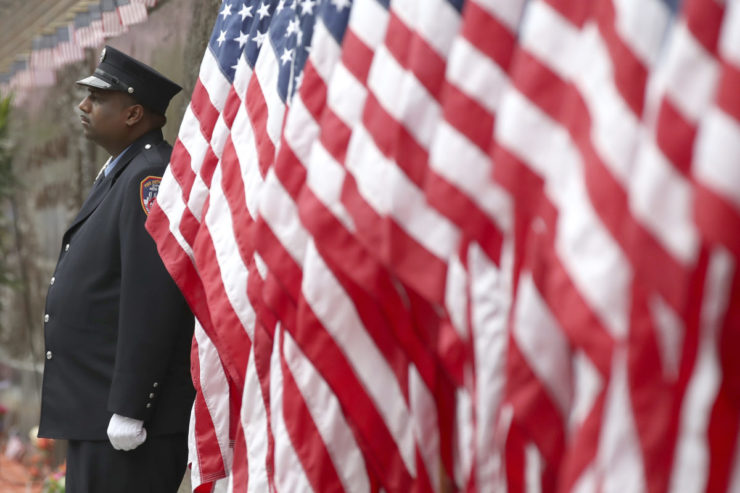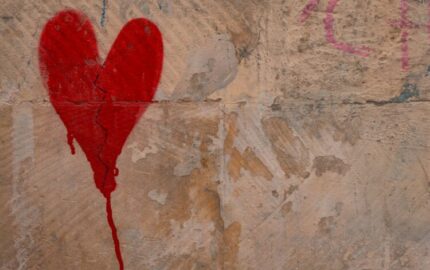Why it's good: There are endless memories and memorials marking yesterday, the 17th anniversary of 9/11. I find it impossible to post about something else, but impossible to choose the right thing to post. Mostly I wish that the events of that day had never happened, which is folly, or for a long moment of silence to fathom why, and what they mean. That, too, so far, has proven folly. As a journalist seldom at a loss for the meaning of a story, I remain at a loss.
In that gap, I was grateful for this morning's Facebook post by Chuck Haga, reprising a column he wrote in the first dark days after 9/11. He reprised it not out of ego but because, now retired from a career at his hometown paper of the Grand Forks Herald with a stint in between at the Minneapolis-based Star Tribune, he is teaching as an adjunct at the University of North Dakota. He notes that his students were babies when the Towers when down and so, like Watergate and Vietnam and World War II and pretty much everything that happens before it happens to us, it is a distant history to them. An odd artifact of someone else's life.
Which raises two questions: How do we remember what we have no memory of? How do we remember what we can't forget?
I grieve that the sentiments expressed in Haga's opening lines – images both unfathomable and unforgettable – are not just about this time, but about awful times again and again in human history and continuing today, around this small Earth we share.
I also cling to the belief that journalism – as flawed as it can be in the moment – is an archive of human memory that moves us forward despite our lurching ways.
That archive, of course, is not always easy to access. I searched for Haga's column on Google, and it doesn't do the modern thing and pop right up. (If you can find it, please send a link.) So I take the liberty of posting it here, as Haga did on Facebook. Many other things were written about that day, and the days since. This one helped me today:
Chuck Haga, Sept. 16, 2001, The Star Tribune
No matter how long we study them, the images are unfathomable.
No matter how quickly we look away, they are unforgettable.
Men and women in suits flee with their briefcases down smoky, debris-strewn caverns in the heart of a great city, their eyes wide, mouths agape, and we understand that power and privilege are precarious. Soot-smooth faces crease and cake with tears, and we see that innocence is no protection against zealotry.
Jets crashing into towers. Jets seemingly suspended in air, aimed like daggers, about to crash into towers.
Proud towers burning, crumbling, disappearing.
A noble skyline savagely altered, falsified as if by a cheap, dishonest trick of photography.
People - hundreds, thousands - lost in an instant, unseen except in the memories of those who knew and loved them, or in the precious, honest photographs they hold in desperate hope.
Fine soot, like a gentle winter dusting of new snow, accumulates on office sills, apartment stoops, the wrought-iron fences of parks and churchyards, the weary faces of firefighters and surgeons.
The rubble recalls the contested cities of Europe in the worst days of World War II: iron twisted by heat and stress, concrete blackened by fire, all of it heaped high by lunacy. It dwarfs the men and women who step gingerly from slab to jagged slab, searching, scrambling after life.
Not all the memorable images are of horrific, feckless crimes.
Disheveled, mud-caked firefighters, like so many Marines on a distant Pacific island, raise an American flag with purpose and reverence on a pole that juts from the debris that was the World Trade Center in New York.
The battered Pentagon stands, and beyond it, the Capitol, in Washington, D.C.
Though they be dwarfed by the twisted, blackened heaps, the searchers at Ground Zero press on.
And in other places, other searchers sift through records, rental cars, hotel rooms and a scorched field in western Pennsylvania, looking for clues and evidence, determined that no one who could do such wrong will sleep long in safety.



